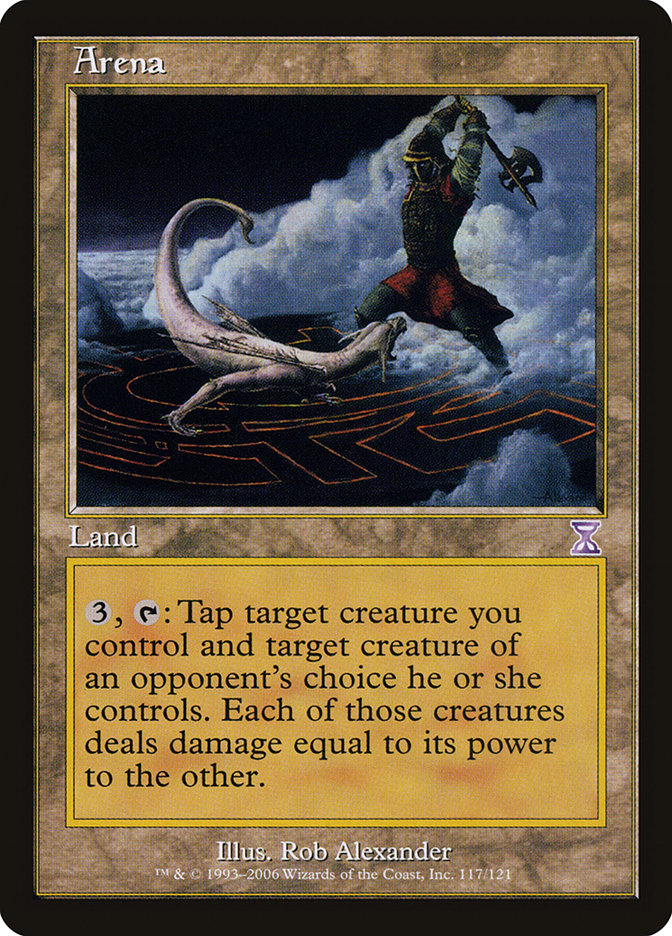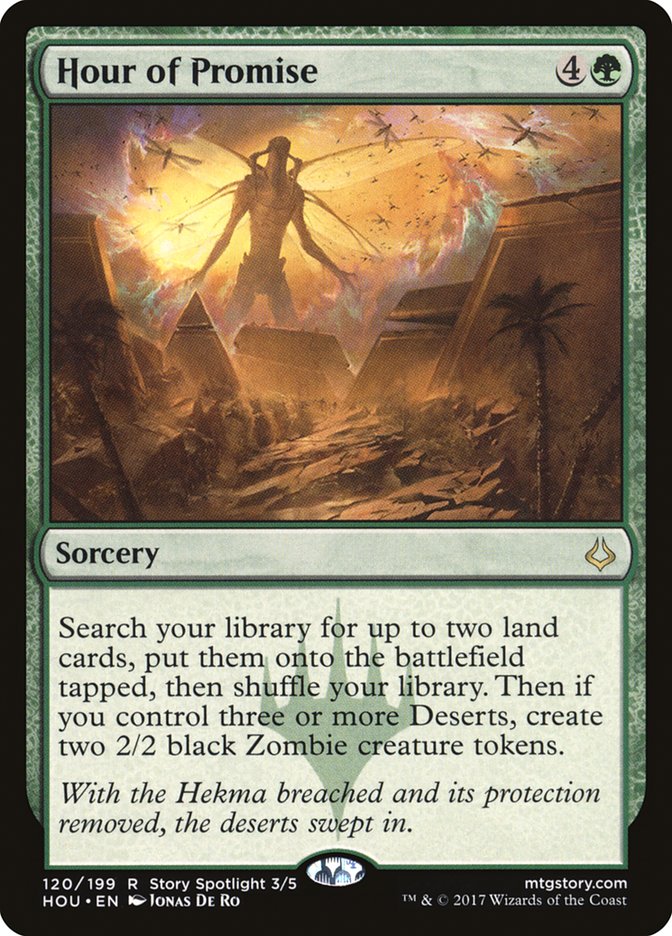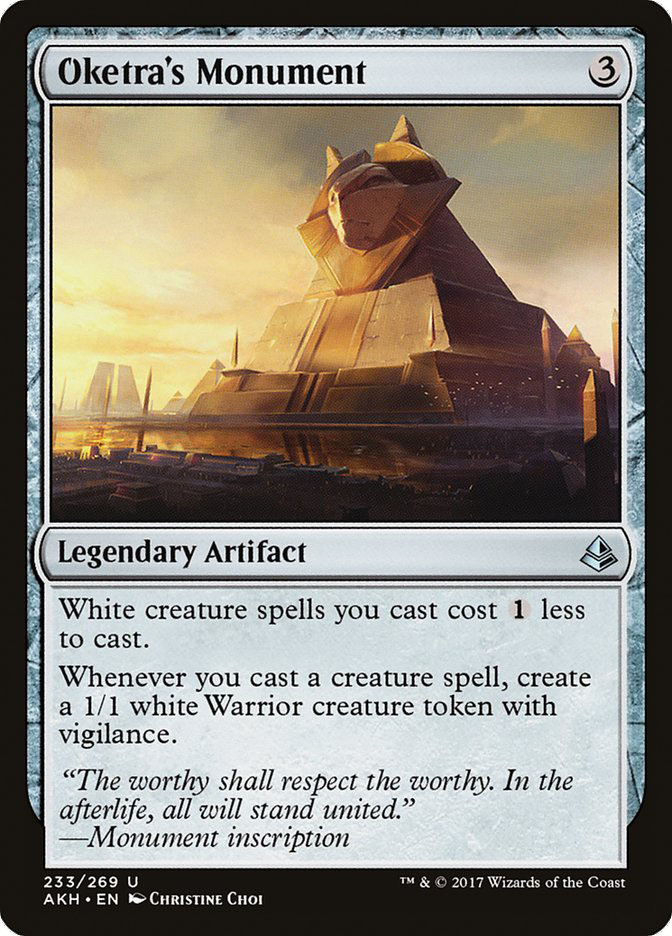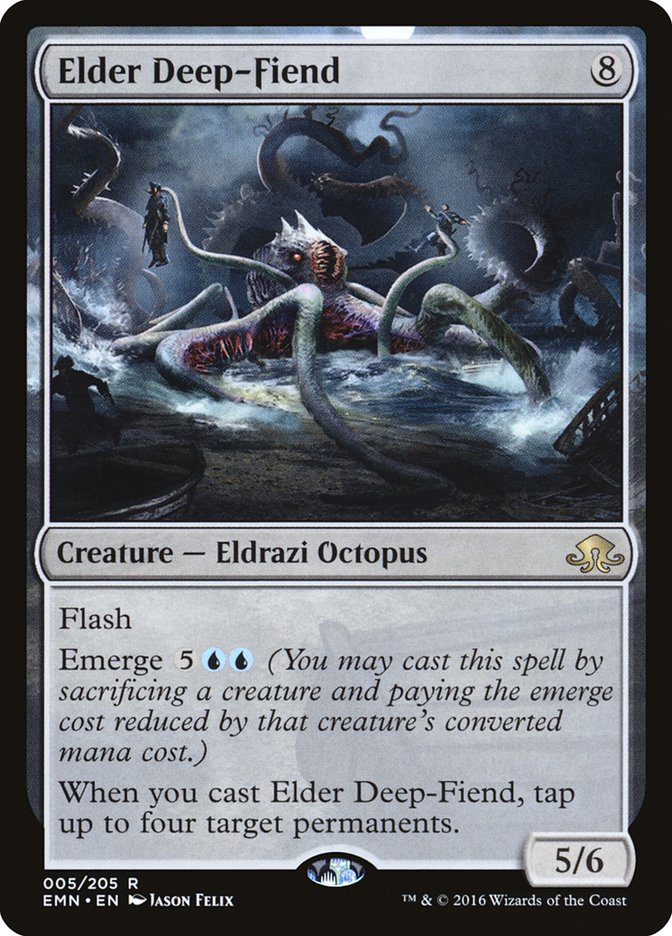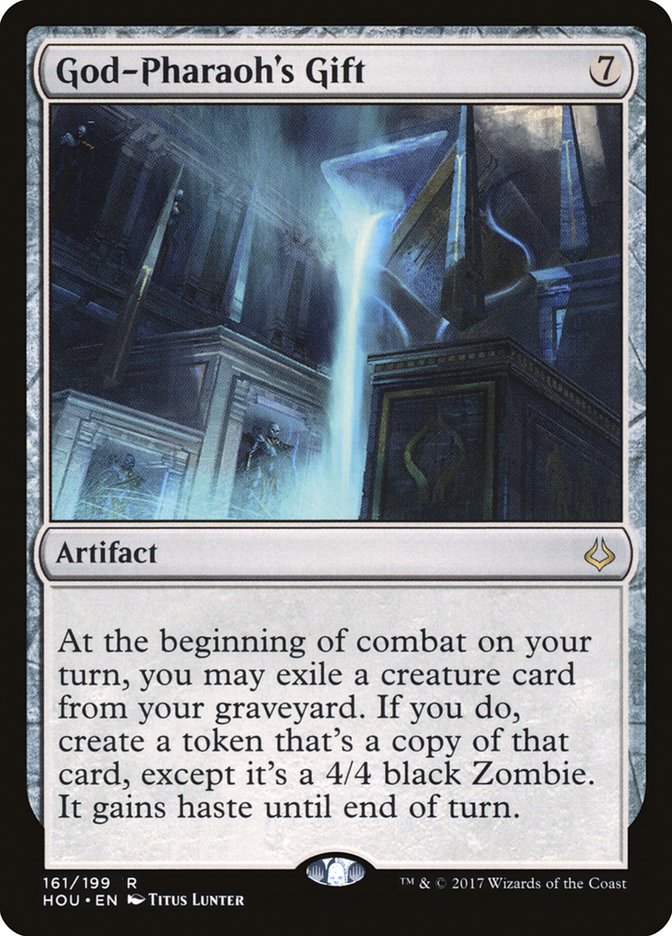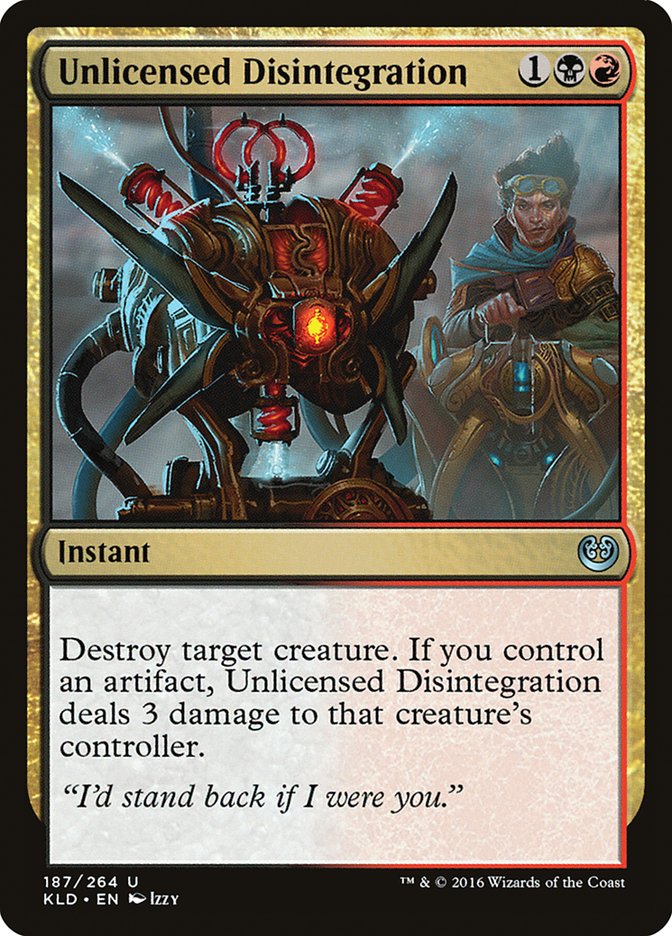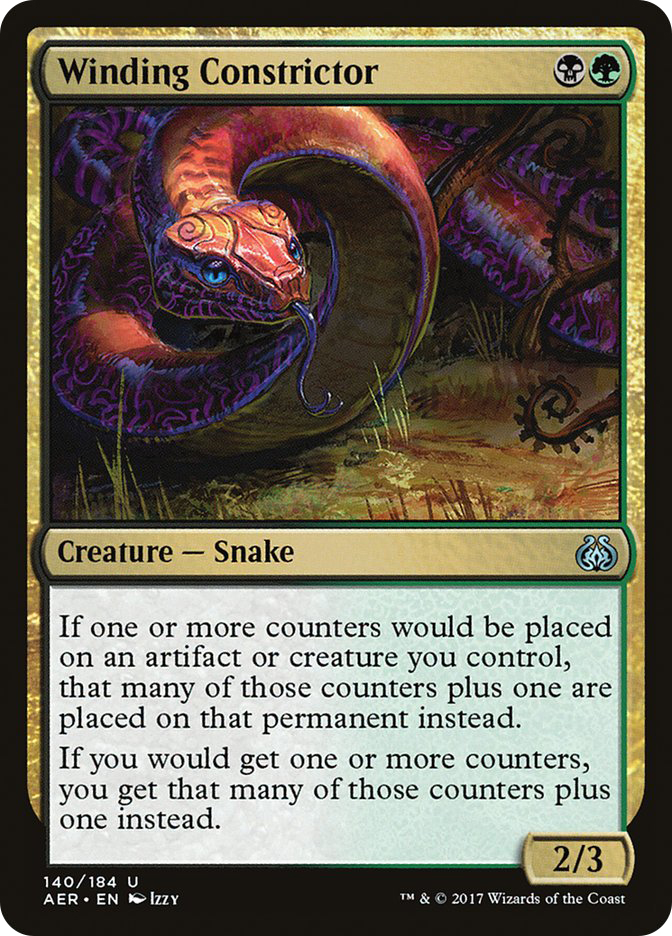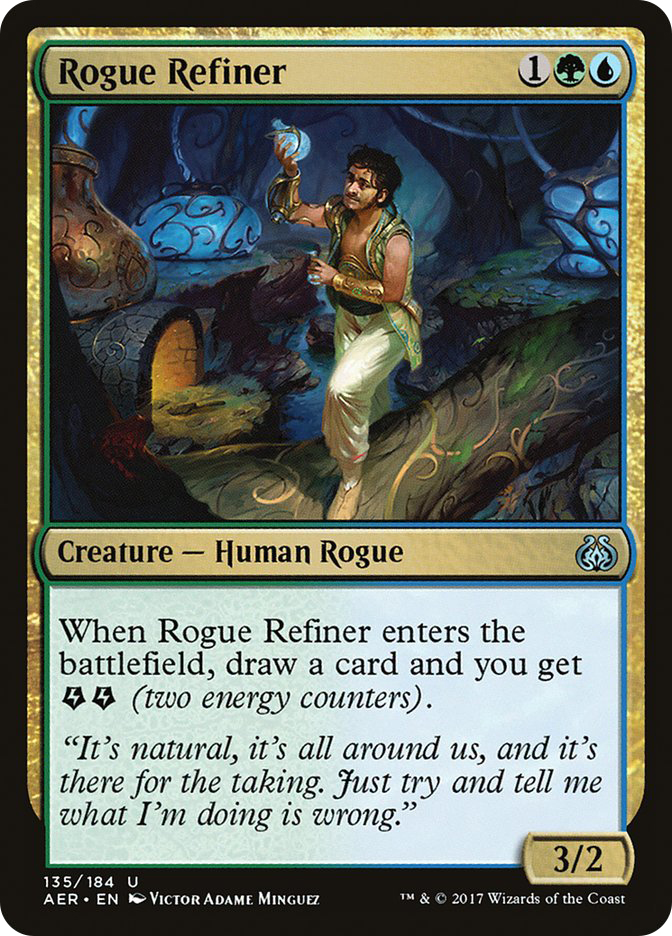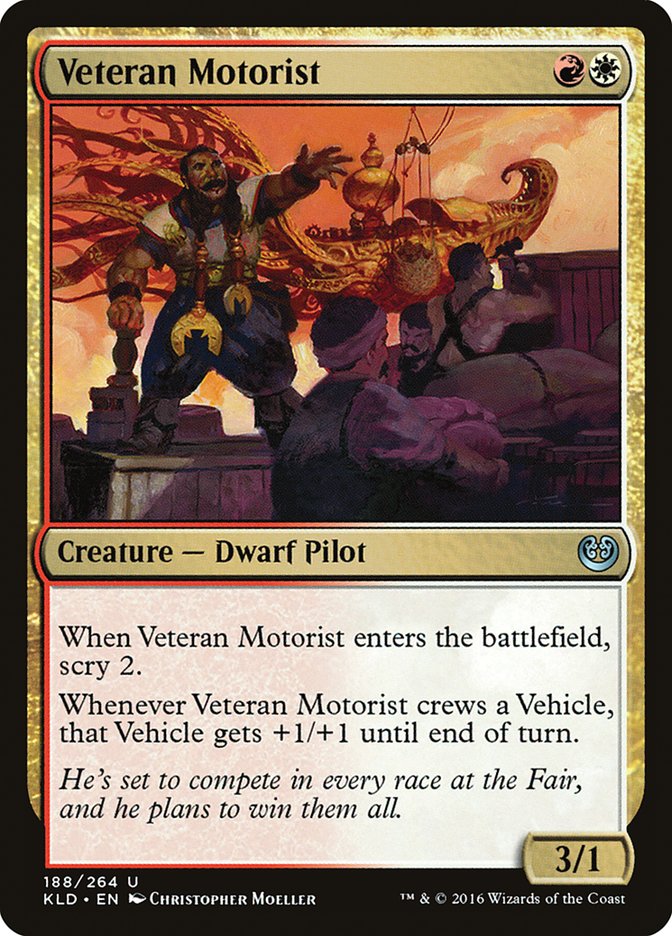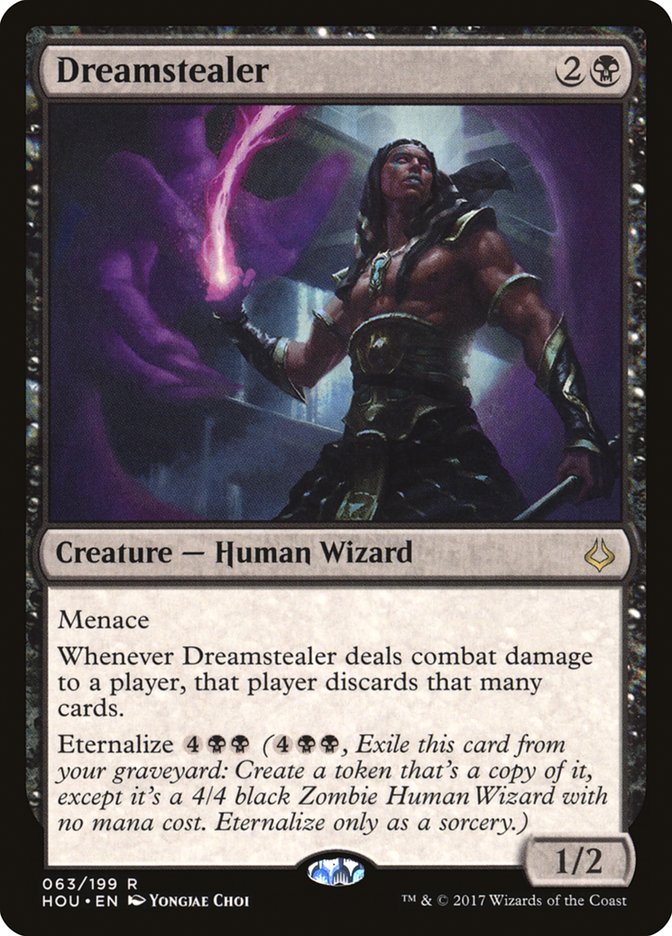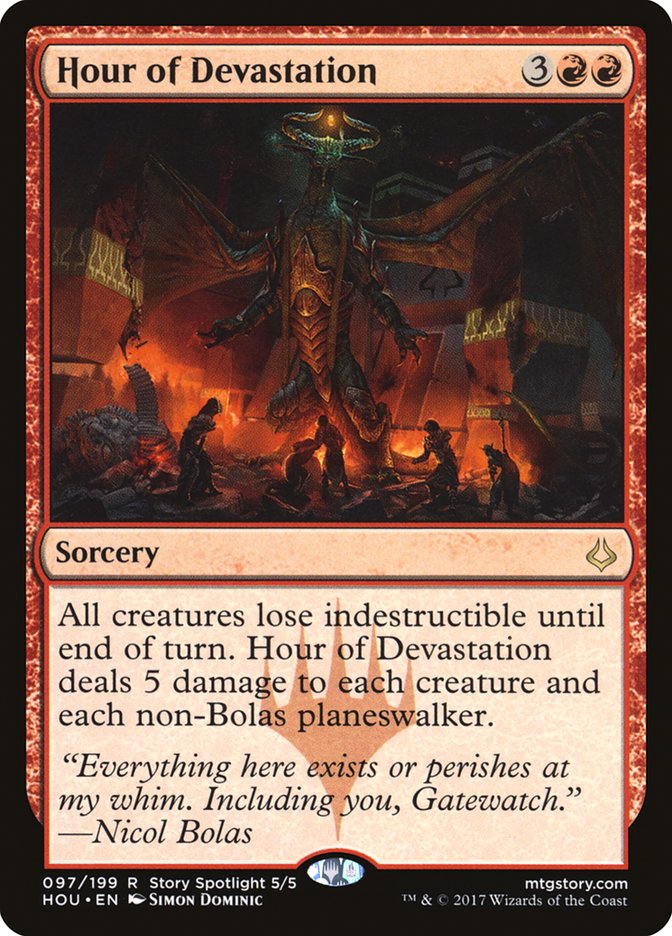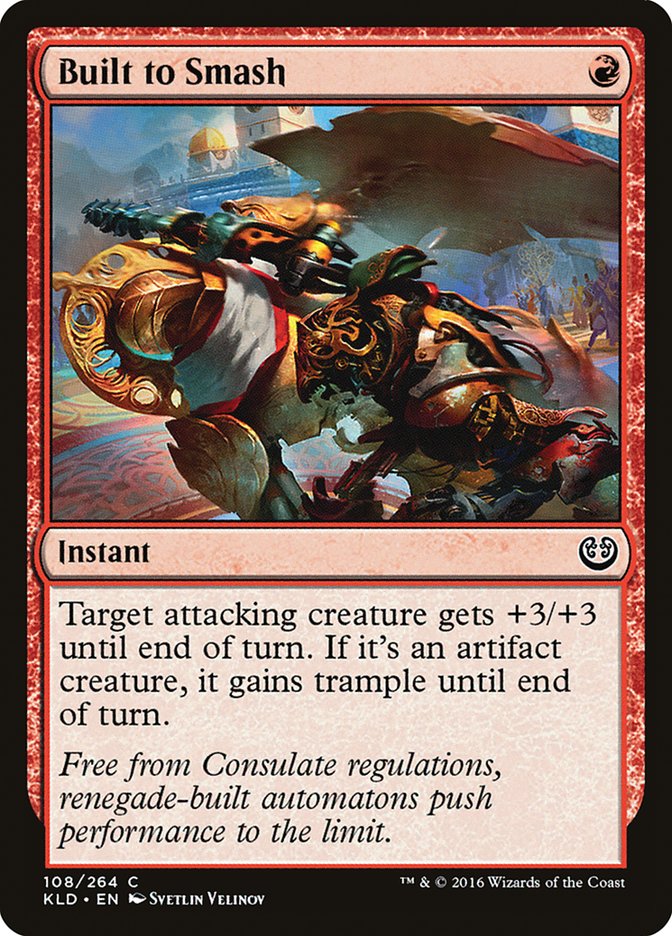Sports fans have it rough. Whether they like football, baseball, or basketball, they all have one thing in common: their flagship championship comes once a year. Want to know what my favorite part of being a Magic player is?
My Super Bowl happens four times a year.
Pro Tour Hour of Devastation is almost here, and I couldn’t be more excited. Watching the Pro Tour is one of my absolute favorite things to do. Second only to playing them, really, but I’m not one to let regret and longing spoil an excellent viewing experience.
I’m not much of a sports person, but my family sure is. I’ve watched my share of Super Bowls and World Series games, despite not caring much for either. Don’t get me wrong, I know enough of both football and baseball to follow along and understand what’s happening in the games, but I didn’t find watching the pinnacle of either sport to be an enjoyable experience.
At least, I didn’t until I started asking my more invested family members to paint the scene for me. To tell me the story of how both teams made it there, of the players who won games and the ones who almost lost them. To explain which team was thought to be favored and the factors that the experts called out as being key. As you might expect, it was never a hard sell to convince a sports fanatic to regale me with these details (and many more).
After that, something weird happened: I enjoyed watching the games much more. I was no longer just watching a single game of a sport that I did not care for, isolated from the significance of the championship game. Now I came armed with all the relevant context. I understood the import of what I was watching, and that made all the difference.
Championship events are not business as usual. They are the culmination of weeks or months of effort and are the final chapter in the history of the season, heavily influencing how we remember all the events that preceded them. There are always expectations going into them, and watching that final event either meet those expectations or subvert them is half the fun. But all of this significance is lost on those just tuning in for the final game without knowledge of all the circumstances that set the stage.
If you’re reading this, I’m sure you play Magic. But maybe Standard isn’t quite your thing. Or maybe you love Standard, but haven’t been able to play very much during the last couple of weeks because work got super-busy. There are a lot of valid reasons to not be intimately familiar with the current Standard format despite being an avid Magic player. But regardless of why you’re currently a little lost in Standard, you need the context of the format to get the most out of your Pro Tour viewing experience.
Every Magic player deserves to enjoy the Pro Tour to the fullest. But getting the necessary context isn’t easy. Sure, it’s simple to go pull up the last two weeks of SCG Tour results and look at the winning decklists, but the necessary context is so much more than just knowing what decks exist in the format. There’s knowing which decks are on top right now, and which are just starting their ascent; which decks everyone will be ready for, and which are on such a downturn as to barely be expected; what the story of the format so far is, and what to watch out for in its next, most important chapter.
The Rule of Degeneracy and the Fall of the Old Guard
The first fact looming over Pro Tour Hour of Devastation is something Ari Lax lays out in his Premium article this week as Standard Rule #1: eight-set Standard means nonsense. This is the biggest Standard format we’ve seen in years and the diversity of unfair over the top things you can do in it is astounding.
You can cast Ulamog, the Ceaseless Hunger:
Creatures (10)
Planeswalkers (3)
Lands (25)
Spells (22)

Build a battlefield way bigger than anyone else’s:
Creatures (24)
- 4 Bygone Bishop
- 4 Thraben Inspector
- 4 Hanweir Militia Captain
- 4 Spell Queller
- 4 Selfless Spirit
- 4 Cloudblazer
Lands (25)
Spells (11)

Just Elder Deep-Fiend them out of the game:
Creatures (21)
- 4 Prized Amalgam
- 4 Elder Deep-Fiend
- 4 Haunted Dead
- 4 Grim Flayer
- 1 Scrapheap Scrounger
- 4 Champion of Wits
Lands (22)
Spells (17)

Or merely accept presents from Nicol Bolas himself:
Creatures (22)
- 4 Thraben Inspector
- 3 Mausoleum Wanderer
- 3 Cataclysmic Gearhulk
- 4 Angel of Invention
- 4 Minister of Inquiries
- 4 Champion of Wits
Lands (23)
Spells (15)

The prominence of powerful, interaction-resistant strategies creates a few interesting storylines going into the Pro Tour. First among them: the powerhouse slugfest that is the battle for dominance among these unfair strategies. Which of the degenerate decks reigns supreme over the others?
In terms of raw power, G/R Ramp is the winner. Turn 6 Ulamog, the Ceaseless Hunger is a difficult beast to beat. But G/R Ramp also has a weak Plan B, and its ability to interact with other strategies is limited to sweeping the battlefield with Sweltering Suns and Hour of Devastation.
W/U Monument is the next-most-powerful. Left unchecked, it can easily build a battlefield big enough to beat even an Ulamog. The problem is that sweeper effects are the most common form of interaction right now, and while W/U Monument doesn’t fold to a sweeper, they make it much harder for the deck to beat other strategies centered around power. On the other hand, W/U Monument has access to a whole suite of blue counterspells, giving it very versatile interaction.
The Elder Deep-Fiend Emerge strategies are unfair in a different way from G/R Ramp or W/U Monument. Instead of having a formidable late-game, when things go according to plan, Emerge locks the opposition out of the game by chaining Elder Deep-Fiends until the game ends. Between Deep-Fiend tapping lands down to put the opposition off power plays and being an unreal-good Kozilek’s Return deck, it’s safe to say that Emerge has the best interaction of the unfair strategies. The problem with the deck is consistency: historically, the deck has been known to lose to itself more than to its opponents.
So, we have two spectrums here: power and interaction. G/R Ramp has the most power but the least interaction. Emerge has the least power but the most interaction. And W/U Monument is right in the middle on both fronts. Whenever two unfair decks meet at the Pro Tour, I will be watching to see whether interaction or power ended up mattering more.
In laying the scene for the powerhouse clash that awaits at Pro Tour Hour of Devastation, I haven’t discussed W/U God-Pharaoh’s Gift at all. The reason for that is that the deck is a dark horse going into the Pro Tour. It made the Top 8 of the Atlanta Classic after coming out of nowhere to win a Magic Online Pro Tour Qualifier, but that’s the extent of the deck’s history. This Pro Tour will ultimately decide whether this deck is for real or not, and I am excited to see if it can be more than a flash in the pan.
The flip side of the rise of powerful strategies is the fall of the decks that made up the core of the format before the release of Hour of Devastation. Mardu Vehicles, B/G Constrictor, U/R Control, and Temur Energy have all lost ground in this new day and age. Don’t get me wrong, these decks aren’t unplayable now; in fact, they all have one or two finishes of note in the last two weeks, but they aren’t what I would consider appealing choices going into the Pro Tour.
Once the best deck of the format, Mardu Vehicles has probably fallen the farthest in recent weeks. It’s always been the midrange deck that can beat up on other midrange decks while having an excellent control matchup, but midrange decks are no longer the order of the day. Its most aggressive starts can put sufficient pressure on the unfair decks, but it doesn’t get starts that aggressive often enough to have a consistent gameplan in those matchups. Watch any Mardu Vehicles decks that show up for signs that their pilots have tuned the deck to make it significantly more aggressive.
B/G Constrictor is in a weird squeeze right now. With all the unfair decks around, a delirium take on the deck is almost out of the question as being too slow and fair to compete. But B/G Energy is always better when Glint-Sleeve Siphoner is more powerful than Longtusk Cub, and that’s just not the case against the unfair strategies. Finding sufficient disruption is likely the key to making B/G good again, and, loath as I am to admit it, Dreamstealer might be exactly the disruption needed. Attacking the hand of unfair strategies is a winning plan, and when combined with Transgress the Mind or Lay Bare the Heart, it might be possible to deny the opposition enough resources to do anything truly unfair.
Anyone choosing to pilot Temur Energy at the Pro Tour will have to perfectly tune the deck to the right balance of disruption and aggression. The deck just can’t be aggressive enough to beat up on the unfair strategies, so some level of disruption is necessary. Former all-stars like Glorybringer are less exciting now, but ditching the midrange-centric cards leaves room for additional disruption in a deck with access to blue mana.
U/R Control (and other control flavors) did not fall as far as the other three decks. Indeed, maybe it’s unfair to say they fell at all. Control won the first Open of the format and has popped up in other Top 8s with a solid frequency. Hour of Devastation shored up its midrange matchup, but now the unfair matchups matter more. Interacting with them is critical for a control deck, but how is the tricky part. Will we see Crook of Condemnation in control sideboards for Emerge? Maybe Summary Dismissal to handle Ulamog, the Ceaseless Hunger?
The Rise of Mono-Red and Other Aggro Flavors
Some players will gleefully pilot one of the unfair decks, and others will try to tune the decks they know and are familiar with to beat the unfair decks. Buts still others will decide to prey on the unfair decks by going as low to the ground as they can and winning the game before the unfair decks can start doing unfair things.
Creatures (24)
- 4 Falkenrath Gorger
- 4 Bomat Courier
- 4 Scrapheap Scrounger
- 1 Kari Zev, Skyship Raider
- 1 Hazoret the Fervent
- 4 Ahn-Crop Crasher
- 2 Soul-Scar Mage
- 4 Earthshaker Khenra
Planeswalkers (2)
Lands (23)
Spells (11)

Creatures (26)
- 4 Falkenrath Gorger
- 4 Village Messenger
- 2 Hanweir Garrison
- 4 Bomat Courier
- 2 Kari Zev, Skyship Raider
- 2 Hazoret the Fervent
- 4 Ahn-Crop Crasher
- 4 Earthshaker Khenra
Planeswalkers (2)
Lands (23)
Spells (9)

Mono-Red Aggro was the Standard deck of choice for both of the top two teams at the Atlanta Open last weekend. The week before in Cincinnati, it was merely a rogue deck that made the Top 8. With the results from Atlanta in the books, it’s safe to say that Mono-Red Aggro is for real in this Standard format.
The two lists displayed above show a slight schism in Mono-Red lists. There’s the version with the black splash that Tom Ross played that is more artifact-centric with Built to Smash and Scrapheap Scrounger mostly as a 3/2 that every once in a while gets to come back to the battlefield. And there’s the pure red version that Jim Davis played that doesn’t mess around with offense-only pump spells and plays actual burn spells instead.
Both versions function similarly against the unfair strategies, so the key to that choice is how you want to be positioned in your aggro mirrors and your midrange matchups. The pump spells are awkward in a lot of games in the mirror, where you’d rather have additional removal spells to let you play different roles depending on how the game is playing out. Pump spells only play one way, and offense-only ones even more so. But Built to Smash really shines against midrange decks, where you are clearly the aggro and need to act the part.
But Mono-Red isn’t the only aggro deck in town.
Creatures (22)
- 2 Archangel Avacyn
- 4 Thraben Inspector
- 4 Spell Queller
- 4 Scrapheap Scrounger
- 4 Toolcraft Exemplar
- 4 Glory-Bound Initiate
Planeswalkers (4)
Lands (24)
Spells (10)

Esper Aggro has started to take off. The deck is still a tad under the radar, but its becoming clear that it has legs. It’s not nearly as fast as Mono-Red, but it has the disruption necessary to still beat the unfair decks despite that. My only qualm with these decks lies with the double-black spells in the sideboard; twelve black sources are not nearly enough for me to feel comfortable casting Kalitas, Traitor of Ghet. The draw to this deck is being the aggro deck that has the best game against the midrange strategies; the trade-off is a slightly worse Plan A against the unfair decks and being poorly positioned in the aggro mirrors (although Glory-Bound Initiate can go a long way there).
The Great Unknown
And of course, there’s always the chance at the Pro Tour that something comes out of left field to dominate the tournament. Gerry Thompson’s article this week shows some of the brews he’s been thinking of, showing the wide range of possibilities still out there even in a format as diverse as this one.
But in this information age, true brews rarely break out at the Pro Tour. The innovation I’m looking out for is from people who find a way to revitalize a known strategy and give it a completely new dimension. Maybe someone will find a way to make Zombies better against G/R Ramp, and that will be enough to make Zombies unbelievably good in the field. The possibilities are endless.
And the innovations that people find and bring to the Pro Tour are only the tip of the iceberg when it comes to the all-important unknown. Everything I discussed so far can be considered Level 1, the stuff everyone in the Pro Tour knows going in. If the unfair decks are the giant specter looming over the Pro Tour, will so many people play aggressive decks good against the unfair decks that midrange decks with no game whatsoever against unfair strategies rule the day by virtue of beating up on the aggressive decks? That would be Level 2, and you can go as deep into additional levels as you want.
If last weekend is any indication, the unfair decks are losing the battle for the format to the aggressive strategies. Will unfair decks find a way to make themselves better against the Mono-Red scourge? Will midrange sweep in to attack the aggro decks, and will an increased midrange presence just pave the way for an unfair triumph? There’s so many ways this could go, and the underlying tensions of the archetype dynamics really set the stage for the Pro Tour.
Ultimately, for me, the story of Pro Tour Hour of Devastation will be the success or failure of the degenerate strategies. I plan to watch every match with the knowledge that these players made their deck selections in the light of an unfair Standard. That is the context I care about this weekend, and I can’t wait to see how it all shakes out.


